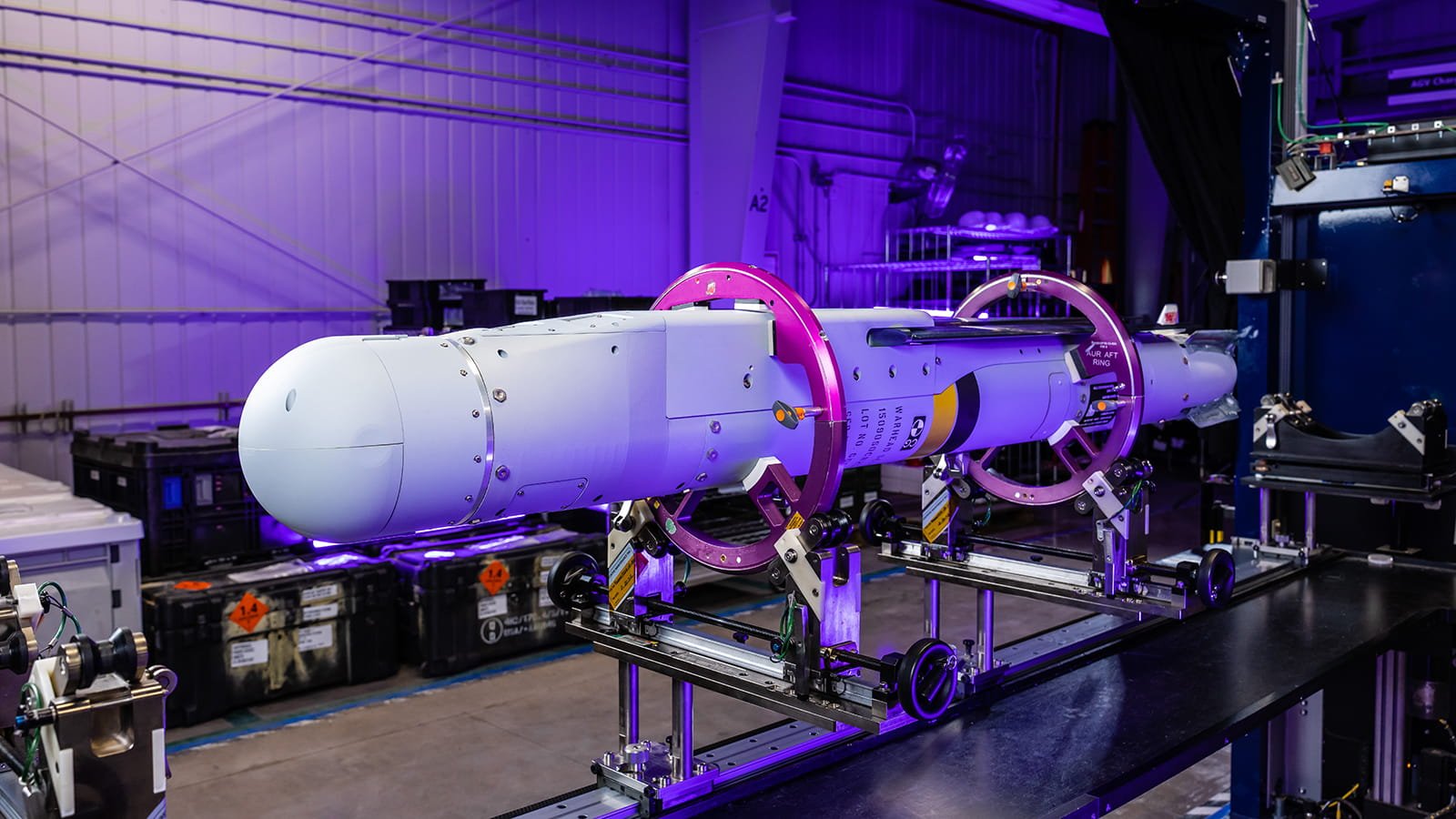The United States Air Force and United States Navy have awarded $320 million to contractor Raytheon Missiles & Defense to deliver over 1,500 field-ready StormBreaker smart weapons before the end of the decade.
The latest investment in StormBreaker brings the overall total spent on the program to over $1 billion since 2006. Considered a state-of-the-art fighter-mounted smart munition or “smart bomb,” both military branches hope to accept delivery of all 1,500 StormBreaker systems by June of 2027.
“Having StormBreaker in the warfighter’s arsenal provides unprecedented capability against moving targets, regardless of conditions,” said Paul Ferraro, president of Air Power at Raytheon Missiles & Defense, in a company press release. “It also expands our production line and reinforces our commitment of ensuring the warfighter has the next-level munitions they need to safely and successfully accomplish the mission.”
Raytheon Says StromBreaker Provides Unprecedented Accuracy and Lethality
Initially dubbed the Small Diameter Bomb Increment II (SDB II) back in 2006 when the Air Force awarded Raytheon the project’s initial development contract, the newly branded StormBreaker is an air-launched precision strike weapon that incorporates a range of cutting-edge features intended to make it one of the most advanced smart weapons ever built.
Designed to glide to its intended target using deployable wings with a 68-inch wingspan, the 69-inch long, 204lb StormBreaker operates in four distinct attack modes; normal, coordinate, immediate, and laser-illuminated.
In normal attack mode, the precision-guided smart bomb can locate and destroy moving targets in all weather conditions. This is accomplished using a combination of a millimeter-wave (MMW) advanced radar system and an uncooled imaging infrared (IIR) sensor.
In coordinate mode, StormBreaker utilizes what the manufacturer describes as a “jam-proof GPS” alongside the radar and IR systems to target and destroy pre-selected stationary targets. Also, according to technical data provided by the manufacturer, this can be accomplished from as far as 72.42 kilometers away.
In immediate mode, the weapon can utilize all three primary sensor and guidance systems, as well as input from the pilot, to attack close-up targets, including vehicles armored against most conventional munitions. This versatility allows for use in ground support or ground defense mission.
Finally, the laser-illuminated mode allows for pinpoint, precision targeting of the weapon to increase lethality while minimizing collateral damage. Like other laser-guided systems, much of the specifics of how this is accomplished remain classified. However, we do know that StormBreaker includes a smart fuse, offering the operator even more control than many currently in use air-dropped bombs.
StormBreaker is designed for use on a wide range of Air Force, Navy, and United States Marine Corps fighters. This includes the Air Force’s F-15E, F-35A, F/A-22, and F-16C/D, the Navy’s F-35C and F/A-18E, and the Marine Corps F-35B Joint Strike Fighter.
Billion Dollar Investment in StormBreaker Finally Paying Off
A 2021 summary of the weapons systems and developments by Air Force Technology shows a more or less straight line of developments starting in 2006 and culminating in 2020 with the first practical, fighter-launched tests of the weapon. The summary includes all of the technological milestones accomplished during that time, as well as a full accounting of the various awards Raytheon received from the Department of Defense to bring the initial vision of StormBreaker to fruition.
According to the federal government, the $320 million recently awarded to Raytheon includes “Air Force procurement funding in the amount of $239,651,584” and “Navy procurement funding in the amount of $80,625,201.” Combined with the over $700 million spent on the program in previous stages of development, the total cost from StormBreaker is now over $1 billion.
Significantly, this latest award is for the actual construction and delivery of 1,500 smart weapons, meaning that StormBreaker’s development phase is over, and the weapon is nearly ready to be unleashed. The latest award has a built-in, expected delivery date of June 30, 2027, meaning StormBreaker is only four years away from real-world field deployment.
Read More: The U.S. Air Force is Preparing to Unleash Hypersonic Mayhem
Christopher Plain is a novelist, comedian, and Head Science Writer at The Debrief. Follow and connect with him on Twitter, learn about his books at plainfiction.com, or email him directly at christopher@thedebrief.org.

